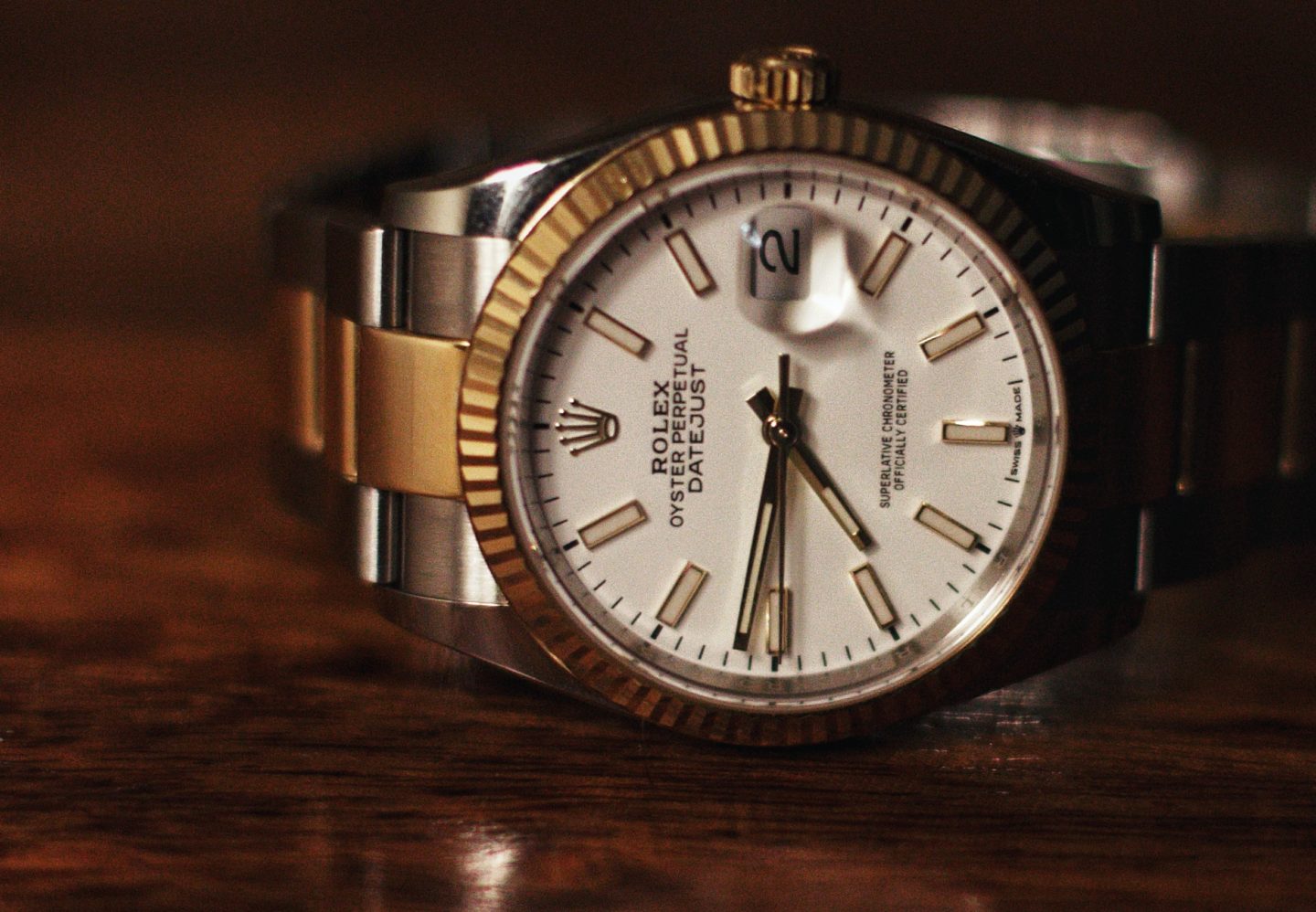Watches and Wonders appears to be the exception, with a date in the diary for 2022 (30 March-5 April, at Palexpo in Geneva), having held their expos online in 2020 and 2021.
COVID-19 seems to have dealt the final blow to this type of event, which some onlookers thought were on their last legs even before the pandemic. What’s clear is that the majority of shows scheduled to happen prior to June 2021 were cancelled due to the health risks posed.
However, some of these shows were rescheduled and did take place later, despite struggles to fill the exhibition halls. VivaTech and FIAC in Paris, Art Basel and GemGenève were among them.
Various other expos just about made it before 2021 drew to a close, such as La Biennale Paris, which took place at the end of November. Others had to abandon plans for a 2021 edition: Révélations in Paris, TEFAF in Maastricht and artgenève in Geneva have all been rescheduled for 2022.
For every trade show out there, there seems to be a different scenario, making it difficult to draw hard and fast conclusions on their future.
The importance of physical gatherings
That said, those events that took place in situ during the pandemic have, undeniably, been successful. People came and business was done, underscoring the fact that we have missed not having them.
We are, after all, social animals and we need to see each other in person, meet up, and literally know a good thing when we see it when it comes to making contacts and doing business.
This need is multiplied when it comes to “salons”, a sub-genre of expo meets trade show put on by the art and luxury worlds. They showcase items that we are compelled to witness in person. We want to touch them, try them on and see how we feel in their presence. So far, it’s impossible to replace the physical and emotional reaction we have when trying on a piece of jewellery or a watch, or when we sit in a car, or stand in front of a painting. In fact, it seems hard to imagine how the feelings triggered by an object of beauty or a rare artefact could ever possibly be replicated in a digital format.
Digital events can’t fully pull it off
Digital remakes of salons can tell wonderful narratives, take us to new realms, and provide incredible experiences that surpass our expectations. However, they can never fully replace the real thing.
This is why salons, show rooms, summits, forums and the like have a bright future ahead. So bright, in fact, that they need a complete overhaul.
Towards a post-COVID way of thinking
The pandemic sped up our journey towards a smarter and more responsible tomorrow. We have witnessed our economy, our ways of life, our systems of governing and consumption habits on their last legs.
Salons are a means of communication and, like all media, need to adapt to the times. Going digital is obviously a part of that, but it isn’t the full answer.
In recent years, salons have lost their way. This is largely the fault of the exhibitors themselves, who have taken a frenzied approach of trying to become bigger and better. But this course of action has a price to pay: the often-astronomical costs of a stand at various salons draws into question their environmental responsibility, while the principles and management skills behind these events remain under scrutiny.
Do we really need to build fancy fortresses to protect the future of our brands? Wouldn’t the money be better spent investing in drawing people’s attention to the product itself? Ways of doing this include investing in R&D, customer service, corporate social responsibility, and in the very values that any given brand wants to champion.

Audio available

 Audio available
Audio available


